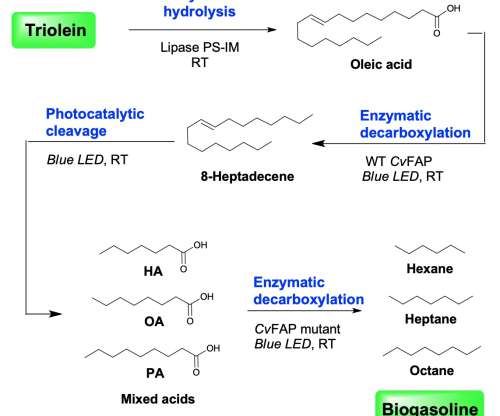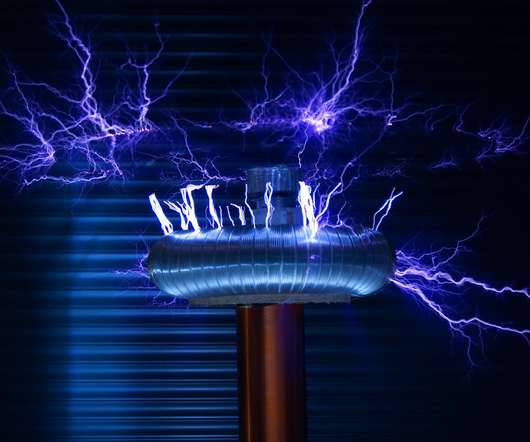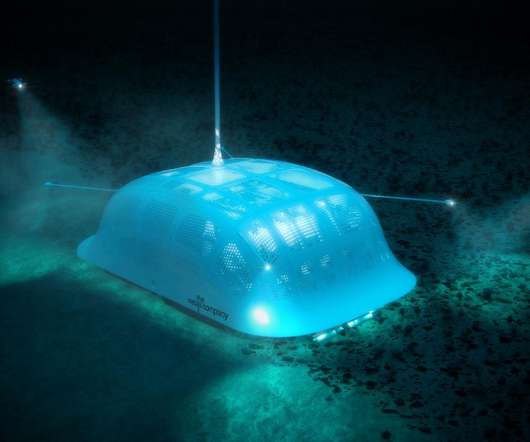Researchers develop cheaper, greener biofuels processing catalyst using waste metals and bacteria
Green Car Congress
AUGUST 25, 2017
A team from the Prairie Research Institute at the University of Illinois, with colleagues from the University of Birmingham and Aarhus University, have developed a nanosized bio-Pd/C catalyst for upgrading algal bio-oil. The oil can flow through the palladium-decorated bacteria masses as it does through the carbon particles.



























Let's personalize your content